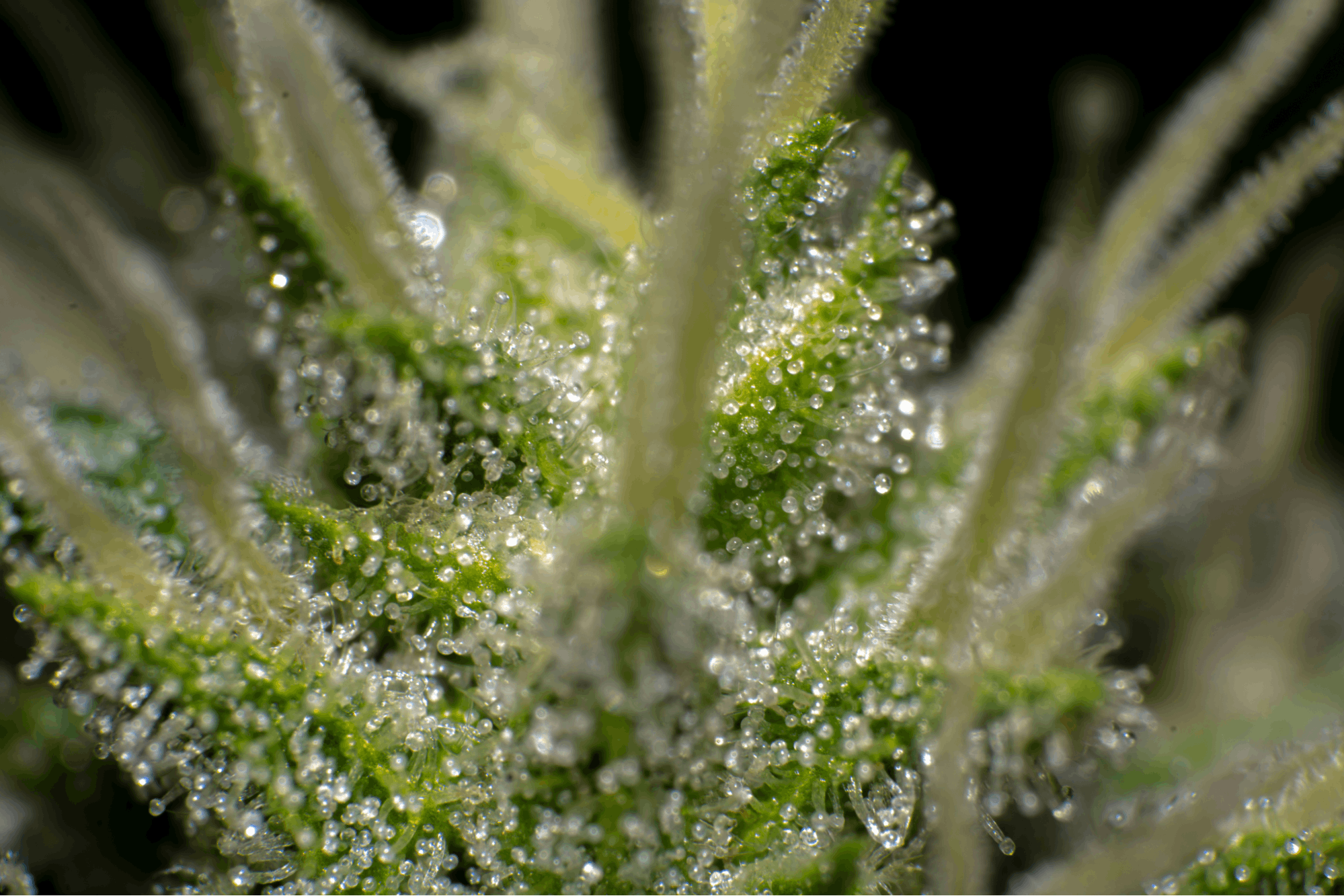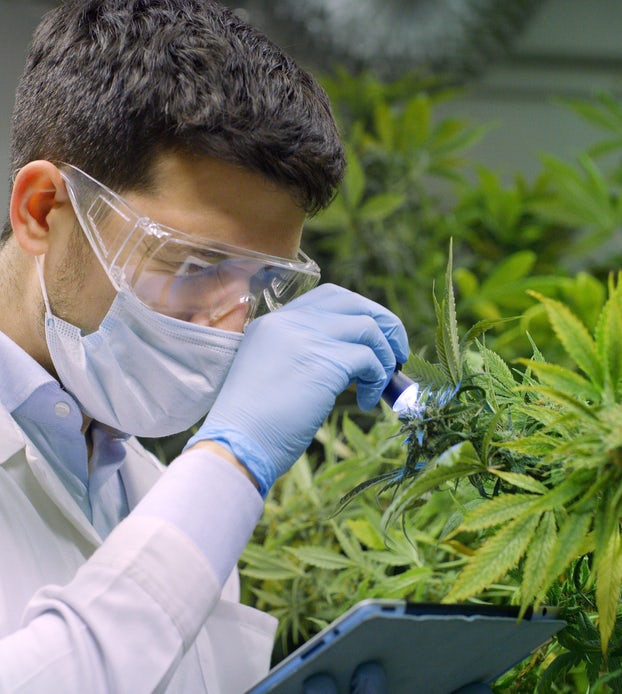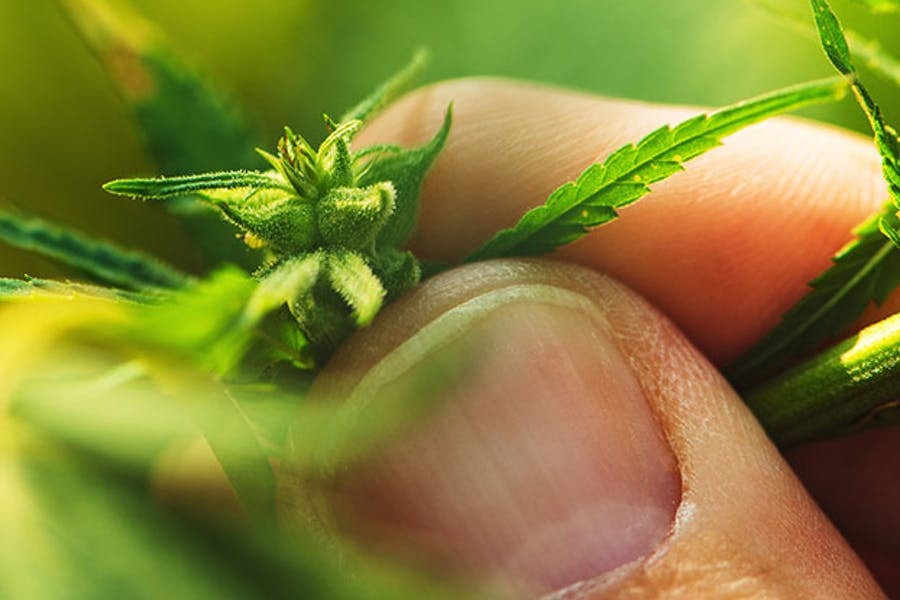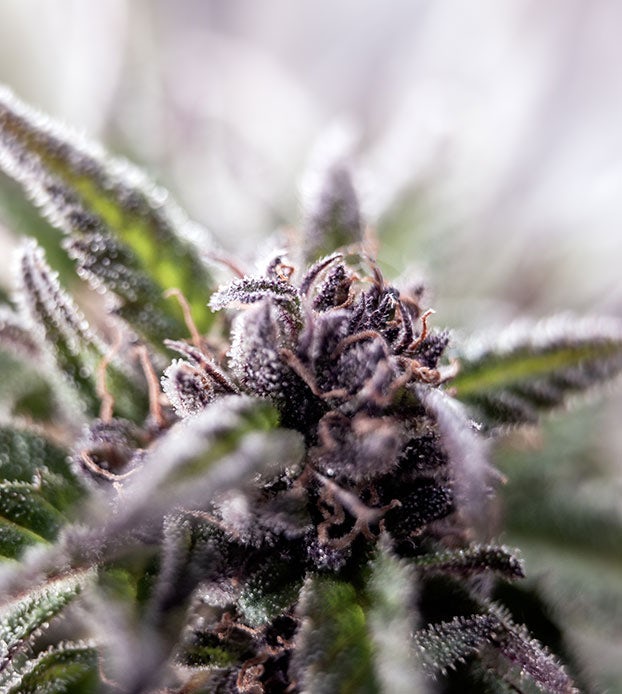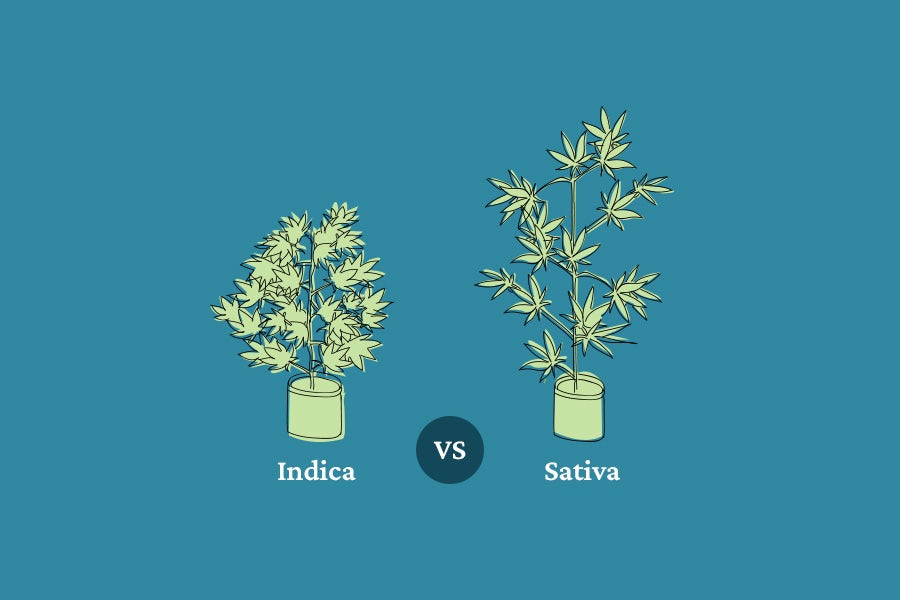If you’ve ever gone shopping for cannabis, you probably already know that the plant has many different varieties called strains. Still, while there are many options, few strains are as prized as “landrace strains” – those rare varieties of cannabis plucked from a specific habitat.
But what are landrace strains from an evidence-based point of view? How can they be identified? Do any true landrace strains still exist today?
The story of landrace cannabis
There is a simple story of landrace cannabis repeated on most websites and articles that broach the topic. In this story, landrace strains are the original marijuana strains. While cannabis likely began in the Himalayan region, it spread in our early human history and was found all over the world in different natural environments where it had evolved into different varieties of cannabis – the landrace strains. As these strains evolved to adapt to the particular environment they were in, such as an arid mountain range or a hot steamy jungle, they developed unique characteristics and chemical profiles to survive in that area. 1
Then around the 1970’s cannabis breeders from the western world began hunting for strains in different countries. These “strain hunters,” as they are now commonly referred to, brought landrace indicas back from places like the Himalayas and Kush mountains. They brought back landrace sativas from places like Mexico, Thailand and Africa. These landrace strains were then bred together to create hybrid strains – which combined these different varieties to amplify desirable features like high THC levels and shorter growth cycles. This created the wide variety of strains we have today.
Unfortunately, since there has been so much interbreeding and few of the original genetic lines have been preserved, making true landrace strains rare. This is one major reason why cannabis in the 1960’s and 1970’s was so different from what we have today – it was more similar to ancient cannabis, before everything was hybridized. But it is believed that you can still find original landrace cannabis in the wild if you go to very remote areas where it has thrived for thousands of years, like central Asia and the foothills of the Himalayan mountains.
While landrace strains are considered rare – particularly the ones that were found back in the 1970’s, there are still some strains that exist in today’s cannabis market.
There are varieties considered sativa landrace strains, which adapted to warmer climates, such as:
- Thai & Chocolate Thai from Thailand
- Durban Poison, Malawi & Kilimanjaro from Africa
- Lambs Bread from Jamaica
- Acapulco Gold from Mexico
- Panama Red from Panama
- Colombian Gold from Columbia
- and Luang Prabang from Laos
And some strains are considered landrace indica strains, which evolved to thrive in colder mountainous regions, like:
- Hindu Kush from the Kush Mountains in Afghanistan and Pakistan
- Afghani from Afghanistan
- Nepali Kush from Nepal
- Katmanglue from Tibet
- Mag from Iran
Where do landraces come from?
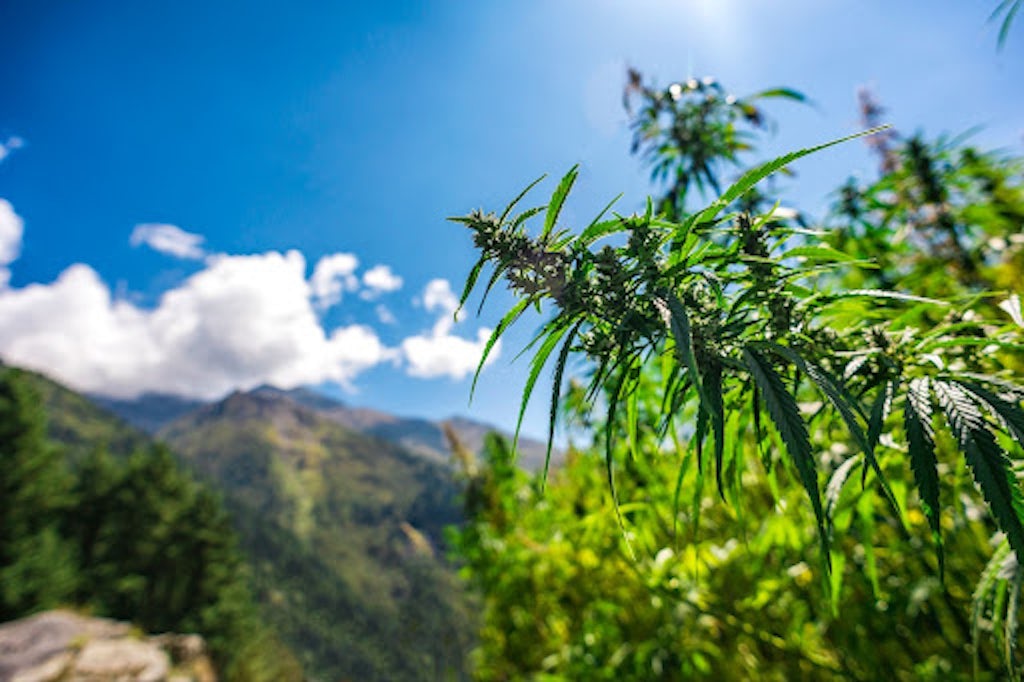
While there is some truth to this story of landrace cannabis, when we look deeper into the science of cannabis, the story becomes a bit more complicated. For one thing, the conception of indica and sativa strains is not as simple as it seems. While strains are usually sorted into indicas and sativas, our understanding of what makes a cannabis strain sativa or indica is not a stable or well-defined concept, and really, it never has been.
To start, we never really had clear designations on what sativa and indica even mean. Cannabis sativa was originally coined in the 15th century to mean cannabis in general. Then in the 18th century, the term cannabis Indica was introduced as a subspecies of cannabis sativa. 2
Indica was meant to indicate cannabis which was shorter, bushier, with high THC that was to be consumed as an intoxicating drug, and which was first described in the Indian subcontinent. Cannabis sativa was then used to refer to cannabis that had been domesticated by humans, often being grown for fiber or seeds. Cannabis sativa, which in Latin translated to cultivated cannabis, was then used to describe cannabis low levels of THC used for its fiber and seeds. What was then cannabis sativa, is now referred to as hemp.
It wasn’t until the 1980’s that indica and sativa began to be used incorrectly as a way to refer to two different high-THC varieties of cannabis, based on the morphology of the plants and the geographical location they were found.
Since the time indica and sativa both began to be used for high THC cannabis, they have been hybridized by breeders, often aiming to optimize yields rather than preserve genetics — and most strains are now hybrids of these different ‘landrace’ strains. So now the terms have again been retooled to indicate— or try to indicate— the effects of cannabis.
In our current times, sativa is often used to describe cannabis with more heady or energizing effects, while indica is used to describe cannabis with body-oriented or sedative effects. Unfortunately, this usually means the sativa/indica assignment is made by individuals – growers, dispensary staff, or distributors – who felt like it fit into one of these categories. They may decide this based on its genetic history, its effect profile, or numerous other factors. But it has little to do with any scientific or biological distinctions. These different uses for the terms have led to a lot of confusion in the literature. And while all these uses can be found in scientific papers, no consistent consensus has ever been reached on how to use these terms correctly.
This has led to a situation where the designations have become essentially meaningless.
Take, for example, the strain AK-47. This hybrid won “Best Sativa” in the 1999 Cannabis Cup, and then won “Best Indica” four years later. Clearly, there are no clear-cut rules on how to decide what category a strain fits in. 3
Scientists have even studied this and found strain names, and their categories of indica and sativa, don’t actually indicate anything about a strains’ chemical profile. One study looked at 2,662 strain samples. While there was some variation between samples, most strains were very similar and fit into three chemotypes and 12 genotypes. But these groupings didn’t correspond to strain name or indica/sativa designations, suggesting that these categories are fairly meaningless when it comes to any of the factors supposedly being referenced, such as chemical profile, genetics, and effect profile. 4
What are landrace strains, anyway?
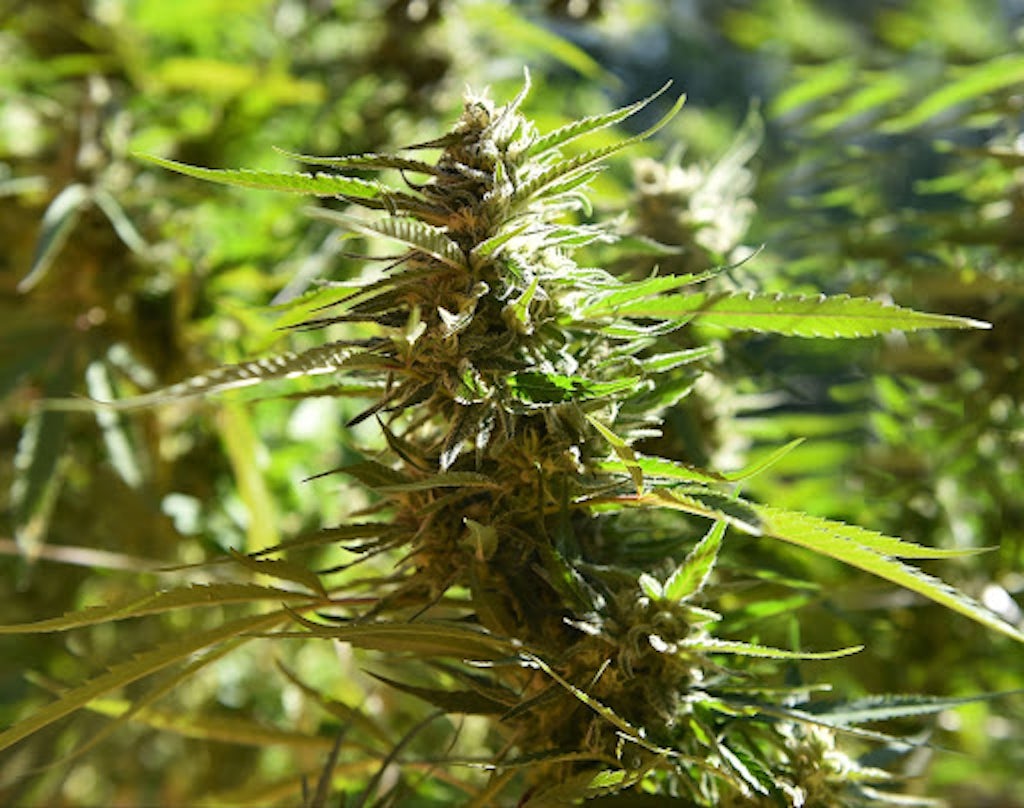
In the simple story of cannabis landrace strains, landrace strains were found in particular locations, often in the wild, and remain untouched by foreign genetics. In this story, science suggests that very few true landrace strains exist today. Since the 1970’s those strains plucked from the wild have mostly been interbred. Even in the locations they were first found, foreign genetics have been brought in since the 1970’s and intermingled with the local crops in most areas.
Researchers found much greater variation amongst the strains gathered around the world in the 1970’s than those gathered from the same locations in the 2000s. Even in the wild, domesticated cannabis from other locations has made its way into the gene pool.
A few seed banks still keep seeds from those original strains harvested in the 1970’s. For example, Malik Touzri from cannabis seed company Dutch Passion explains that their “original landrace genetics are safely stored in deep freeze – they are rare seeds and actually priceless to us since they can’t ever be replaced.”
Still, most strains marketed as landrace strains have been interbred with other genetics. As Touzri explains, their seeds are “accessed only for special projects but never sold.” These strains are important because they could potentially have higher levels of non-THC cannabinoids, which are hard to find in modern strains given interbreeding. There could also be stronger disease resistance in some of these landrace cultivars. These 1970’s era strains are important because of the diversity they represent and the therapeutic potential they may hold. 5
Some still hunt for landraces in other countries, such as The Real Seed Company, which actively collects seeds from places like Afghanistan, Nepal, and Laos. It’s unlikely that these strains represent the ones harvested there decades ago, and the concept of untouched wild landraces is one uniquely specific to cannabis.
Heirloom vs landrace
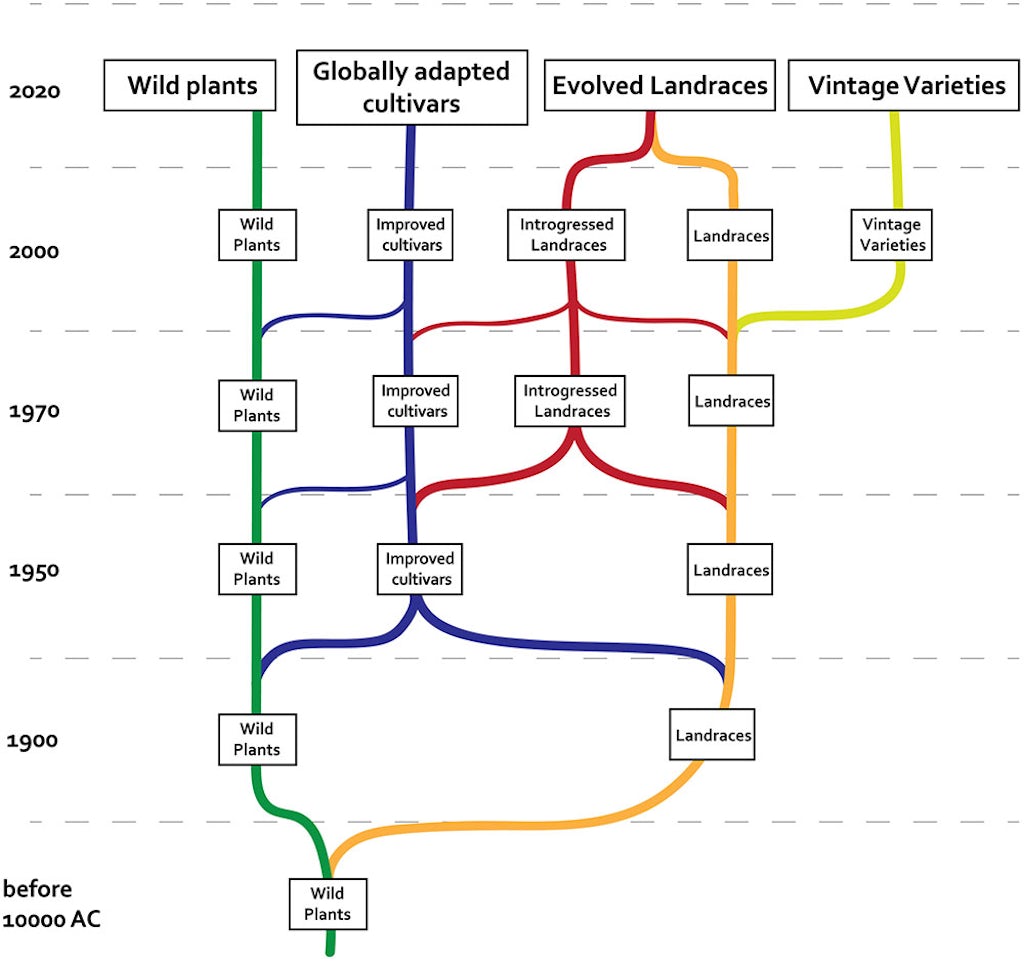
“Heirloom” and “landrace” are terms that are not unique to cannabis – and like many other botanical terms, they are often used incorrectly when talking about cannabis. An understanding of how these terms are used to describe other plants can help clear up this misunderstanding.
Landrace strains are often suggested to be feral or wild cannabis, untouched by humans, and naturally occurring in a specific location. It is easy to see how the words “land” and “race” combined can cause confusion; however, the term landrace traditionally refers to HUMAN cultivated crops that have adapted to a specific environment and evolved within a certain geographic region.
Landrace cultivars aren’t natural to the land and untouched by humans, but rather they are cultivated by humans and adapted to the specific region where they’re being cultivated. Some scientists argue that a more up-to-date definition of landrace is needed to account for current agricultural technologies, environmental changes, and that heirloom or “vintage varieties” should be a category of landrace of their own. 6
“Heirloom” is a term most people have heard of either in reference to a family heirloom or a crop like heirloom tomatoes. Merriram-Webster defines the word heirloom as “something of special value handed down from one generation to another” or “a variety of plant that has originated under cultivation and that has survived for several generations usually due to the efforts of private individuals.” 7
Heirloom plants are traditionally passed down and grown by small farmers from seeds produced via natural pollination (not cloning or hybridizing) that produce plants with traits consistent to the variety over the course of decades. Since natural pollination happens over a long period of time, heirloom crops are rarely ever associated with large-scale agriculture. 8 This is why big, juicy, ripe GMO tomatoes produced in mass quantities are cheaper than small-batch, organic, locally-grown heirloom tomatoes.
What are heirloom cannabis seeds?
If non-cannabis heirloom seeds are seeds that are passed down between family and small farms over decades, through open-pollination, traditional cultivation techniques, and unique environmental factors, then heirloom cannabis seeds are probably most similar to the seeds being produced by many craft cannabis breeders. Maintaining the most sought-after genetic lineages and breeding for the most desirable characteristics takes time and is a true artisan craft. It is this style of breeding that has produced some of the most unique, craft, popular, premium quality cannabis cultivars around the world.
It is not as simple as purchasing heirloom seeds online and – boom! – you’re suddenly growing the best weed on the planet. It also doesn’t mean the seeds won’t grow into amazing plants that produce high-quality flowers, but it is unlikely that they will grow and develop exactly like the mother plants. This is because of the genetic variability introduced during the thoughtful breeding process.
So while the term heirloom is not used regularly in cannabis, it is an appropriate and useful term to use when discussing the rapidly expanding cannabis industry and cultivars from legacy farmers with heirloom lineage. Perhaps in the future, the USDA will move to protect heirloom cannabis cultivars and small legacy cannabis cultivators similarly to how it does other crops like heirloom tomatoes and squash.
Is there any ‘true’ landrace left?
Scientifically, the term landrace usually means a plant that has been cultivated in a certain area and thus adapted to grow well there. But rather than being a static genetic line – plucked from the wild – it is usually domesticated and adapts over the generations to be better suited to that region. Nothing in that definition precludes foreign genetics from being mixed in to optimize the landrace for that region. 9
So, with other plants, landrace typically infers human involvement in optimizing the plants, but in the case of cannabis it tends to be applied to plants that have not been altered by people. In this case, the term is wrongly being applied to cannabis.
Moreover, the idea that western breeders in the 1960’s and 70’s were the first to collect and interbreed cannabis from different parts of the world is deeply flawed. Archaeological finds and historical records show cannabis has been traveling around the world for millennia. For example, in China, scientists discovered 800 grams of high THC cannabis in the grave of an Indo-European (Eurasia) man from 750 BC. We know cannabis was used and traded by many societies throughout history who had contact with each other. 10
On this more scientific conception, landrace cannabis continues to thrive all over the world from the lush forest of the emerald triangle to the arid hills in morocco. Therefore plants harvested in the 1970’s are just a snapshot of landraces in that era and while these strains have value and may offer specific chemotypes we no longer see commonly, they shouldn’t be considered the only landraces strains.
Sources
- Crocq M. A. (2020). History of cannabis and the endocannabinoid system . Dialogues in clinical neuroscience, 22(3), 223–228. https://doi.org/10.31887/DCNS.2020.22.3/mcrocq
- McPartland JM, Small E. A classification of endangered high-THC cannabis (Cannabis sativa subsp. indica) domesticates and their wild relatives. PhytoKeys. 2020;144:81-112. Published 2020 Apr 3. doi:10.3897/phytokeys.144.46700
- Ibid
- Reimann-Philipp, U., Speck, M., Orser, C., Johnson, S., Hilyard, A., Turner, H., Stokes, A. J., & Small-Howard, A. L. (2020). Cannabis Chemovar Nomenclature Misrepresents Chemical and Genetic Diversity; Survey of Variations in Chemical Profiles and Genetic Markers in Nevada Medical Cannabis Samples. Cannabis and cannabinoid research, 5(3), 215–230. https://doi.org/10.1089/can.2018.0063
- Russo EB (2019) The Case for the Entourage Effect and Conventional Breeding of Clinical Cannabis: No “Strain,” No Gain. Front. Plant Sci. 9:1969. doi: 10.3389/fpls.2018.01969
- Casañas, F., Simó, J., Casals, J., & Prohens, J. (2017). Toward an Evolved Concept of Landrace. Frontiers in plant science, 8, 145. https://doi.org/10.3389/fpls.2017.00145
- https://www.merriam-webster.com/dictionary/heirloom
- Dwivedi, S. L., Ceccarelli, S., Blair, M. W., Upadhyaya, H. D., Are, A. K., & Ortiz, R. (2016). Landrace Germplasm for Improving Yield and Abiotic Stress Adaptation. Trends in plant science, 21(1), 31–42. https://doi.org/10.1016/j.tplants.2015.10.012
- Casañas F, Simó J, Casals J, Prohens J. Toward an Evolved Concept of Landrace. Front Plant Sci. 2017;8:145. Published 2017 Feb 8. doi:10.3389/fpls.2017.00145
- Crocq MA. History of cannabis and the endocannabinoid system . Dialogues Clin Neurosci. 2020;22(3):223-228. doi:10.31887/DCNS.2020.22.3/mcrocq
Sign up for bi-weekly updates, packed full of cannabis education, recipes, and tips. Your inbox will love it.

 Shop
Shop Support
Support
